7 Benefits of Reading Japanese Magazines for Language Learning

Japanese magazines offer a vibrant, colorful window into the culture, lifestyle, and language of Japan. With topics ranging from fashion to technology, cuisine to pop culture, they provide an eclectic mix of content that caters to diverse interests. But beyond their entertainment value, Japanese magazines can be a powerful tool for language learning. By integrating them into your study routine, you can immerse yourself in authentic Japanese language use, enriching your vocabulary, improving reading comprehension, and gaining insights into cultural nuances.
Whether you're a beginner seeking to understand basic sentence structures or an advanced learner looking to master colloquial expressions, Japanese magazines can offer numerous benefits to accelerate your language learning journey.
Benefit #1: Exposure to Authentic Language
The primary advantage of reading Japanese magazines is exposure to authentic language. Unlike textbooks that often contain simplified or dated language, magazines are filled with up-to-date vocabulary, current idioms, and real-world examples of language usage. This exposure to the living, breathing language as it is used by native speakers is an essential element of achieving fluency.

Furthermore, many magazines also offer digital versions, providing learners with access to audio and video content that can enhance listening comprehension skills and pronunciation. In addition to authentic language exposure, reading Japanese magazines offers several other benefits for language learners.
One of the benefits is cultural immersion. Magazines often cover a wide range of topics, including current events, fashion, entertainment, and lifestyle. By reading these magazines, learners get a glimpse into various aspects of Japanese culture, allowing them to develop a deeper understanding of the country and its people. This cultural immersion can greatly enhance language learning by providing context and relevance to the vocabulary and idioms encountered.
Another advantage is the opportunity to expand one's knowledge and interests. Japanese magazines cater to diverse interests, such as sports, technology, cooking, and travel. By exploring different magazine genres, learners can discover new subjects they are passionate about and simultaneously improve their language skills. For example, reading a sports magazine in Japanese can help learners learn sports-related vocabulary and expressions while staying updated on the latest news and events.
Furthermore, magazines often include visually appealing layouts with vibrant images and illustrations. This visual element can make the reading experience more engaging and enjoyable, especially for visual learners. The combination of captivating visuals and authentic language content creates an immersive and stimulating learning environment that keeps learners motivated and eager to continue their language learning journey.
Lastly, reading Japanese magazines can provide a sense of accomplishment and progress. As learners advance in their language proficiency, they will find themselves understanding more articles, recognizing familiar vocabulary, and picking up on subtle nuances within the language. This progress can boost their confidence and encourage them to explore more challenging materials, such as newspapers or novels.
Benefit #2: Cultural Insight
Another notable benefit of reading Japanese magazines is the cultural insight they provide. Each page offers a window into the Japanese way of life, unveiling the customs, values, social norms, and traditions of the Japanese people. Whether you're reading an article about a popular holiday destination, a feature on a local festival, or a column on the latest fashion trends, every piece paints a picture of the culture and society.

Understanding cultural nuances is critical when learning a new language, as it informs how the language is used in various contexts. Plus, gaining knowledge about Japan's culture makes the learning experience more engaging and enjoyable. As learners can connect with the content on a deeper level. It allows them to appreciate the language in its cultural context and understand the subtle meanings behind certain phrases or expressions.
For example, by reading about traditional Japanese tea ceremonies in a magazine, learners can grasp the importance of harmony, respect, and mindfulness in Japanese culture, which can then be reflected in their language usage.
Moreover, cultural insight gained from Japanese magazines can also help learners navigate social interactions and avoid cultural misunderstandings. Understanding Japanese etiquette, manners, and social cues can greatly enhance communication skills and foster meaningful connections with native speakers. By immersing themselves in the articles, interviews, and features of these magazines, learners can develop a cultural sensitivity that goes beyond language proficiency.
Additionally, reading Japanese magazines opens up opportunities for learners to explore lesser-known aspects of the culture. They can discover regional specialties, learn about local traditions, and gain insights into the daily lives of Japanese people from diverse backgrounds. This exposure to the richness and diversity of Japanese culture promotes a broader perspective and appreciation for different ways of life.
In conclusion, the cultural insight provided by reading Japanese magazines not only deepens language learning but also broadens horizons and fosters a greater appreciation for Japanese culture. It allows learners to understand the language in its cultural context, navigate social interactions with ease, and develop a well-rounded understanding of Japan and its people. So, whether it's through exploring fashion trends, delving into culinary delights, or uncovering hidden travel gems, Japanese magazines offer a gateway to a world of cultural exploration and language acquisition.
Benefit #3: Vocabulary Expansion
Reading Japanese magazines also helps learners expand their vocabulary. Each issue is packed with fresh articles covering a variety of topics, introducing readers to a wealth of new words and phrases. For example, a cooking magazine may introduce culinary terms, while a travel magazine can expose readers to geographical vocabulary.

Over time, consistent exposure to these new words helps learners build a robust vocabulary, enhancing their overall language proficiency. It's worth mentioning that these magazines often use casual language and colloquialisms, which are typically not covered in textbooks but are vital for conversational fluency.
Additionally, Japanese magazines provide learners with a glimpse into the current cultural trends and popular topics in Japan. By reading articles on fashion, entertainment, or technology, learners can stay up to date with the latest buzzwords and expressions used by native speakers. This exposure to real-life language usage adds an authentic touch to their learning journey and helps them understand the nuances of informal conversations.
Moreover, Japanese magazines often include visual aids such as photographs, illustrations, and diagrams, which can be particularly helpful for visual learners. These visuals not only make the reading experience more enjoyable but also assist in comprehension by providing context and reinforcing the meaning of new vocabulary. Learners can easily associate words with the corresponding images, making it easier to remember and recall them in future conversations.
Furthermore, reading Japanese magazines allows learners to explore various writing styles and tones. Different genres of magazines, such as news, fashion, or sports, employ distinct writing techniques and language patterns. By exposing themselves to diverse writing styles, learners can develop a versatile language repertoire and adapt their own communication styles accordingly. This flexibility in language usage is essential for effective communication and building strong connections with native speakers.
Benefit #4: Grammar Practice
Japanese magazines also present an excellent opportunity for grammar practice. With each article or feature, learners encounter sentences crafted by native speakers, which adhere to the rules of Japanese grammar. By analyzing these sentences, learners can understand how different grammar rules are applied in context.

Furthermore, the varied nature of magazine content ensures that learners are exposed to a wide range of sentence structures, tenses, and grammatical forms. This practical application of grammar rules helps solidify understanding and improves learners' ability to construct their own sentences correctly and fluently. In addition to providing valuable grammar practice, Japanese magazines offer learners the chance to expand their vocabulary and cultural knowledge. Each article delves into a different topic, whether it be fashion, food, travel, or current events, allowing learners to explore various aspects of Japanese society.
Through reading these articles, learners not only gain exposure to new words and phrases but also learn about the nuances and subtleties of the language. This exposure to authentic Japanese content helps learners develop a more natural and idiomatic way of expressing themselves.
Another advantage of using Japanese magazines for grammar practice is the visual aspect. Many magazines are filled with colorful images and illustrations, making the learning process more engaging and enjoyable. By combining visual cues with written text, learners can better understand the context and meaning of the sentences they encounter. This visual support also aids in the memorization and retention of new vocabulary and grammar structures.
Furthermore, Japanese magazines often include exercises and quizzes that allow learners to test their comprehension and reinforce what they have learned. These interactive elements provide an opportunity for self-assessment and progress tracking. Learners can measure their growth and identify areas that need improvement, guiding their future study plans.
Benefit #5: Reading Comprehension Skills
Improving reading comprehension is another significant benefit derived from reading Japanese magazines. Reading comprehension involves understanding the literal meaning of the text, interpreting the underlying implications, and making logical connections between different pieces of information. As learners navigate through articles, they practice these skills, gradually improving their ability to comprehend complex Japanese texts.

Moreover, because magazines cover a variety of topics, learners are constantly challenged to apply their comprehension skills in new contexts, further enhancing their reading skills and broadening their knowledge base. By regularly reading Japanese magazines, learners are exposed to a wide range of vocabulary, idiomatic expressions, and cultural references. This exposure helps them expand their understanding of the language and develop a more nuanced comprehension of Japanese texts.
In addition, reading magazines allows learners to familiarize themselves with different writing styles and formats. They encounter various types of articles, such as interviews, opinion pieces, and feature stories, each with its own unique structure and tone. This exposure to diverse writing styles not only improves their reading comprehension but also enhances their overall language proficiency.
Furthermore, reading Japanese magazines provides learners with real-life examples of how the language is used in context. They observe how native speakers express their thoughts, convey emotions, and present information effectively. This firsthand exposure to authentic Japanese language usage helps learners develop a sense of natural flow and rhythm in their own reading and writing.
Another advantage of reading Japanese magazines is the opportunity for cultural immersion. Magazines often reflect current trends, social issues, and popular culture, giving learners valuable insights into Japanese society and lifestyle. They can learn about traditional customs, modern fashion, and entertainment, and even gain a deeper understanding of the Japanese mindset. This cultural knowledge not only enriches their reading experience but also facilitates better communication and appreciation of the Japanese culture as a whole.
To maximize the benefits of reading Japanese magazines, learners can actively engage with the content by highlighting unfamiliar words, taking notes, and discussing articles with fellow learners or native speakers. This interactive approach not only reinforces their comprehension skills but also encourages active participation and critical thinking.
Benefit #6: Engagement and Motivation
Reading Japanese magazines can also boost engagement and motivation, two crucial elements in successful language learning. Magazines cater to a wide range of interests, ensuring that learners can find publications that align with their passions whether it be sports, art, technology, or music. By engaging with content that genuinely interests them, learners are more likely to stay motivated and committed to their language learning journey.

Additionally, seeing their progress in understanding real-world content can bring immense satisfaction, further fueling their desire to learn and explore more. Japanese magazines offer a unique window into the culture and society of Japan, allowing learners to gain a deeper understanding of the language in its natural context.
Through articles, interviews, and features, readers can learn about the latest trends, traditions, and perspectives of the Japanese people. This exposure to authentic materials helps learners develop their comprehension skills and enhances their ability to communicate effectively in real-life situations.
Moreover, reading Japanese magazines provides learners with a rich source of vocabulary and idiomatic expressions. The diverse topics covered in magazines expose learners to a wide range of vocabulary related to different fields and industries. This not only expands their knowledge but also helps them improve their reading and writing skills. Learners can also learn how to use idioms and colloquial expressions appropriately, giving their language a more native-like flavor.
In addition to language learning benefits, Japanese magazines offer a fun and enjoyable way to stay updated with current events and popular culture. They provide insights into the latest fashion trends, entertainment news, and celebrity gossip. By immersing themselves in Japanese magazines, learners can keep up with the ever-changing landscape of Japanese society and be part of the conversations happening around them.
Lastly, reading Japanese magazines can be a great way to connect with other learners and native speakers. Online communities and discussion forums centered around specific magazines or topics allow learners to share their thoughts, ask questions, and engage in meaningful discussions. This sense of community fosters a supportive learning environment where learners can exchange ideas and seek guidance from those who have similar interests.
Benefit #7: Fun and Enjoyment
Lastly, but certainly not least, reading Japanese magazines is simply fun. The colorful pages, engaging images, and diverse content make for an enjoyable reading experience. Whether you're flipping through a fashion magazine, immersing yourself in a riveting news feature, or laughing at a comic strip, the process of learning becomes an exciting adventure rather than a tedious chore. And as we all know, when we're having fun, we're more likely to stick with what we're doing and ultimately succeed.in our goals.

Japanese magazines offer a unique window into the country's culture, trends, and current events. You can discover the latest fashion styles, beauty tips, and celebrity gossip while also gaining insights into the social issues and political landscape of Japan.
The combination of informative articles and visually appealing layouts keep you engaged and eager to learn more. Moreover, reading Japanese magazines allows you to expand your vocabulary and improve your language skills in a practical and enjoyable way.
As you encounter new words and expressions in context, you'll develop a deeper understanding of the language and become more confident in your abilities. Additionally, these magazines often feature interviews with prominent figures in various fields, giving you a glimpse into their lives and perspectives. This exposure to different voices and ideas broadens your horizons and enhances your cultural knowledge.
Conclusion
In conclusion, reading Japanese magazines offers a multitude of benefits for language learners. It provides exposure to authentic language, offers cultural insights, expands vocabulary, enables grammar practice, enhances reading comprehension skills, increases engagement and motivation, and adds an element of fun to the learning process. In the dynamic world of language learning, Japanese magazines stand out as a versatile, practical, and enjoyable resource. So, why not pick up a Japanese magazine and discover the power of this remarkable learning tool for yourself?










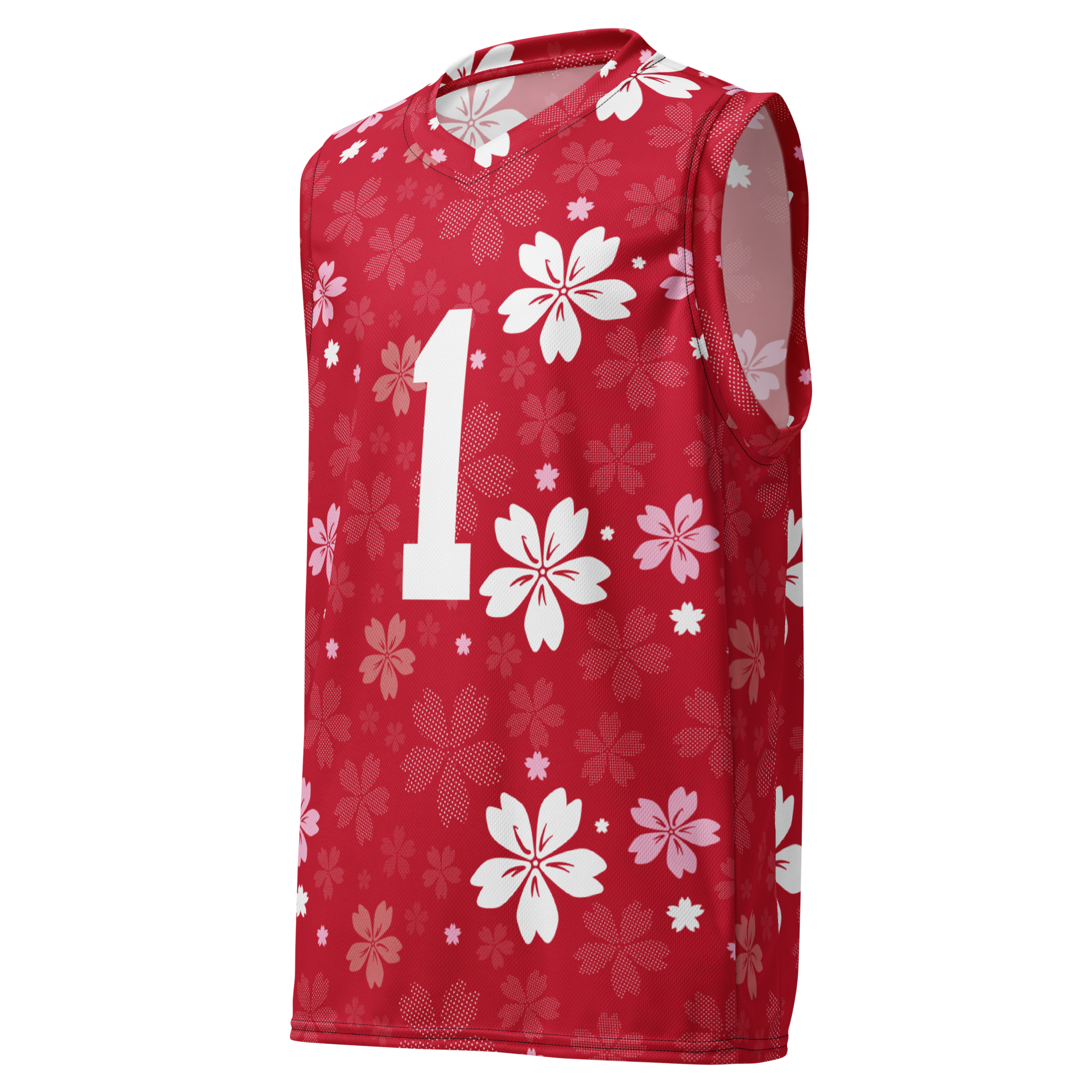
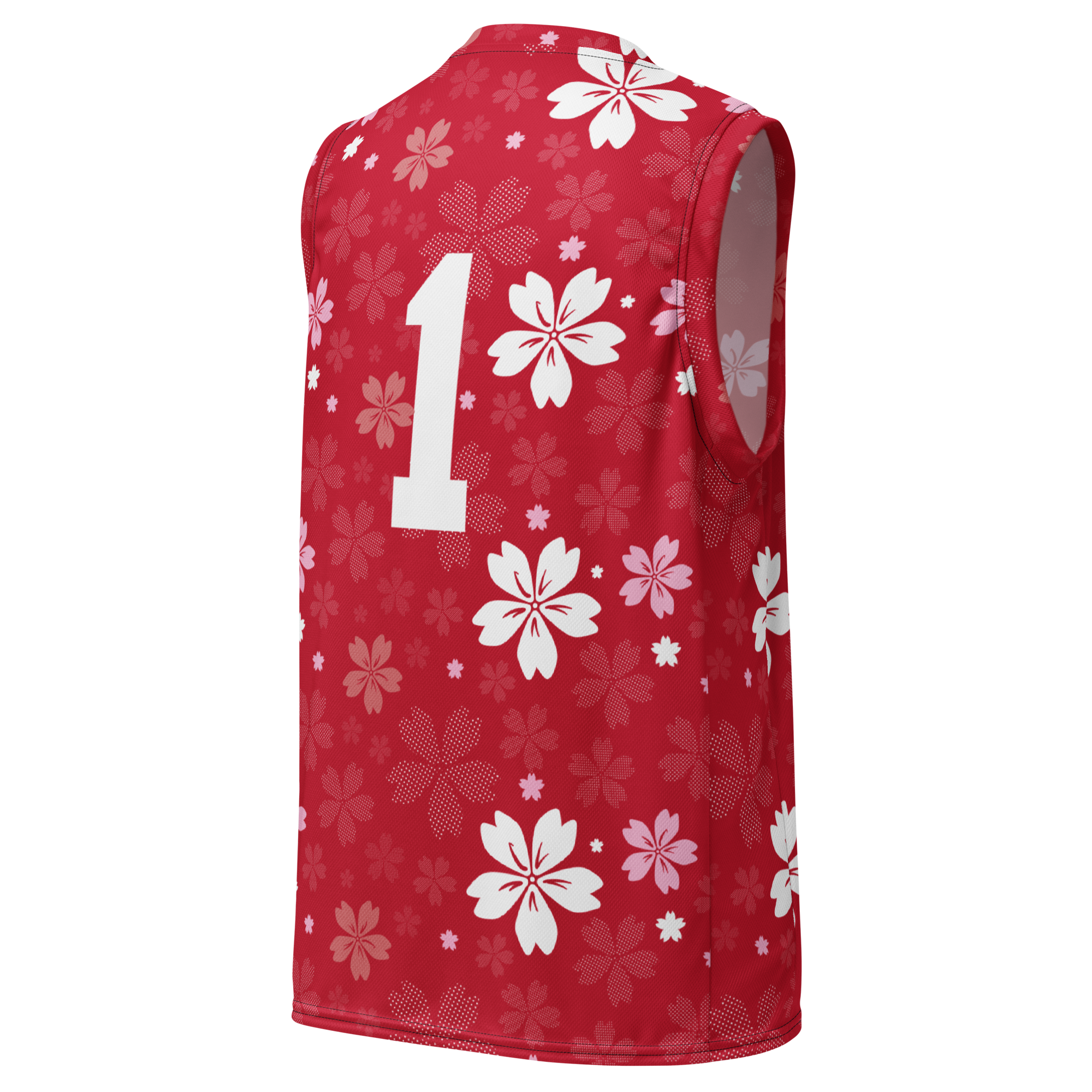
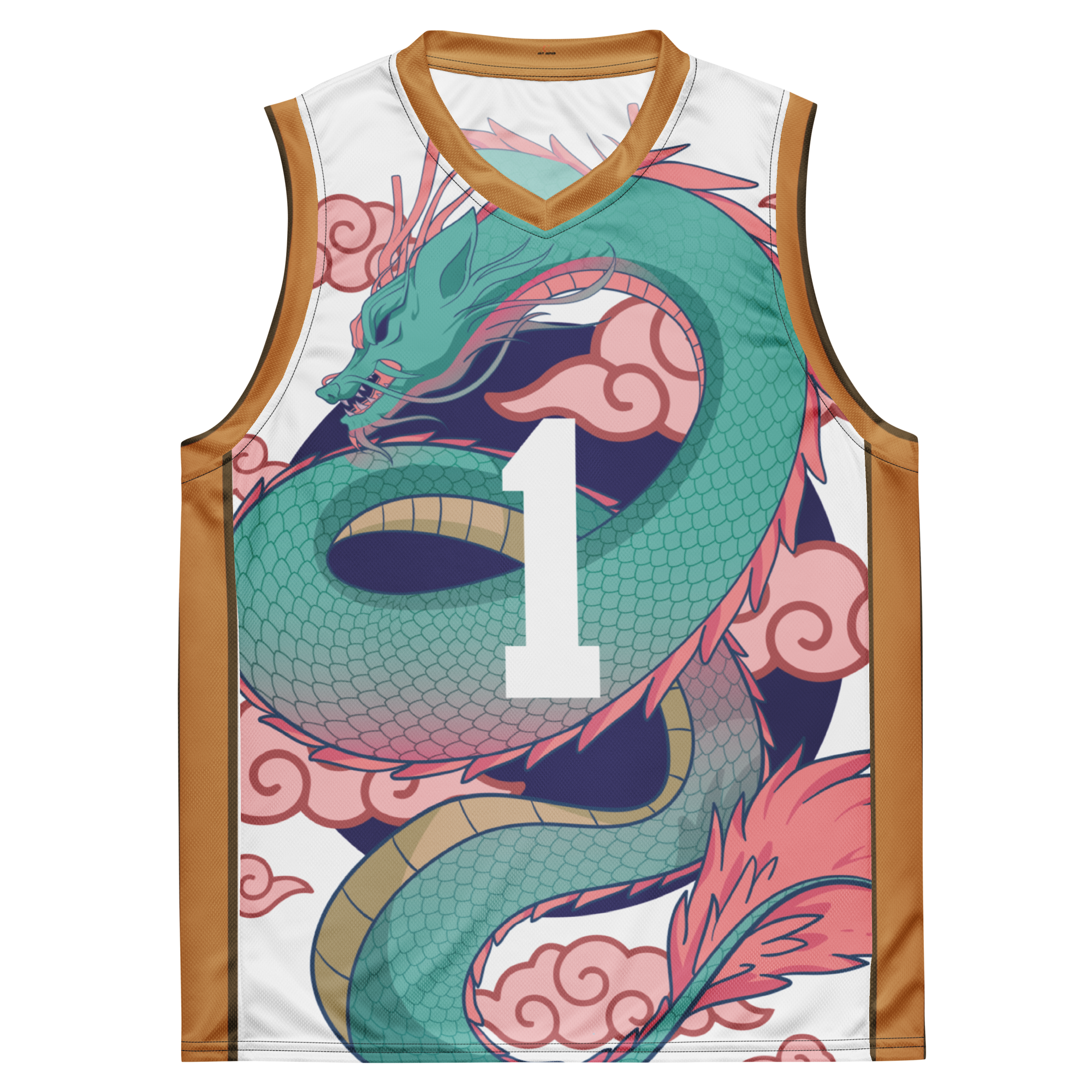

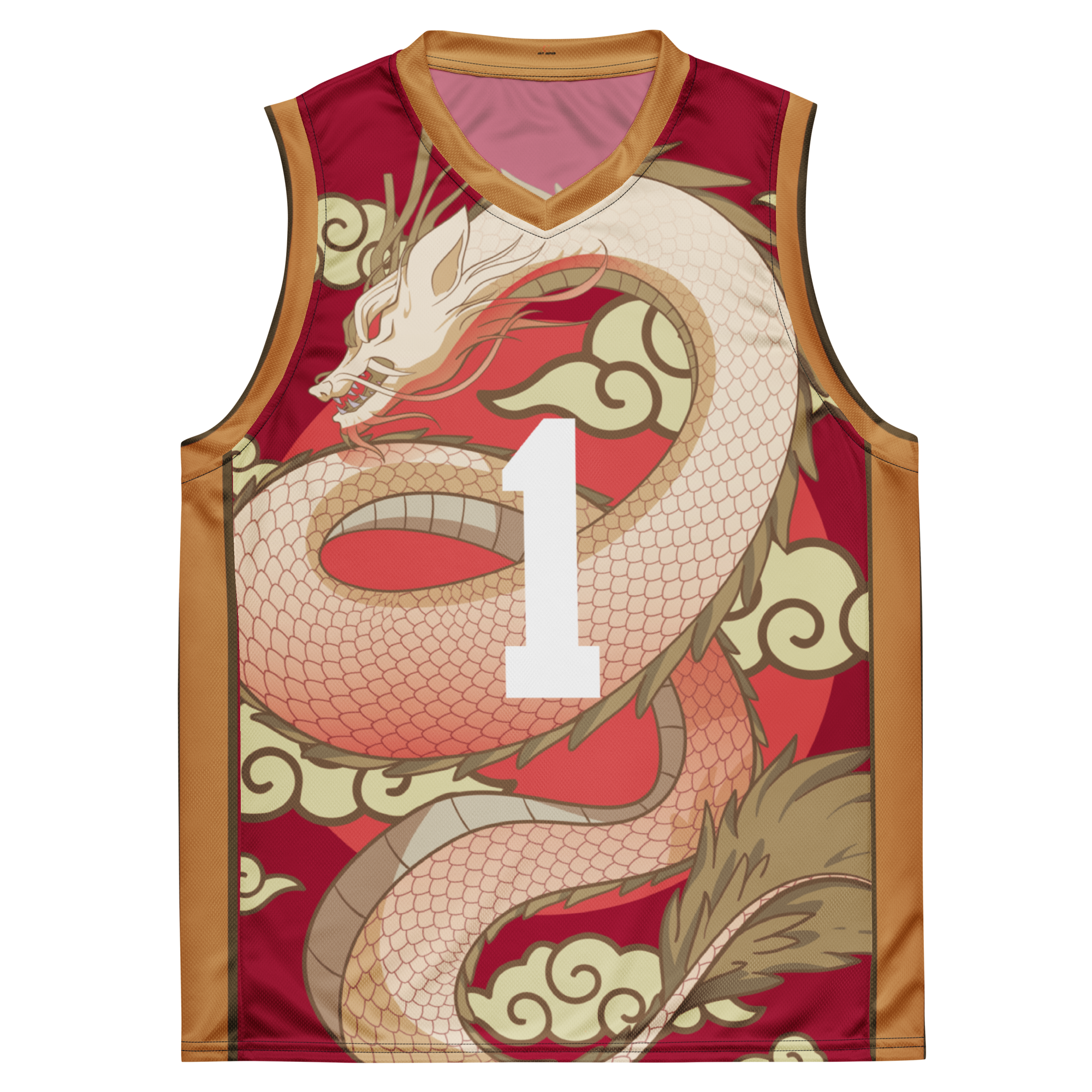
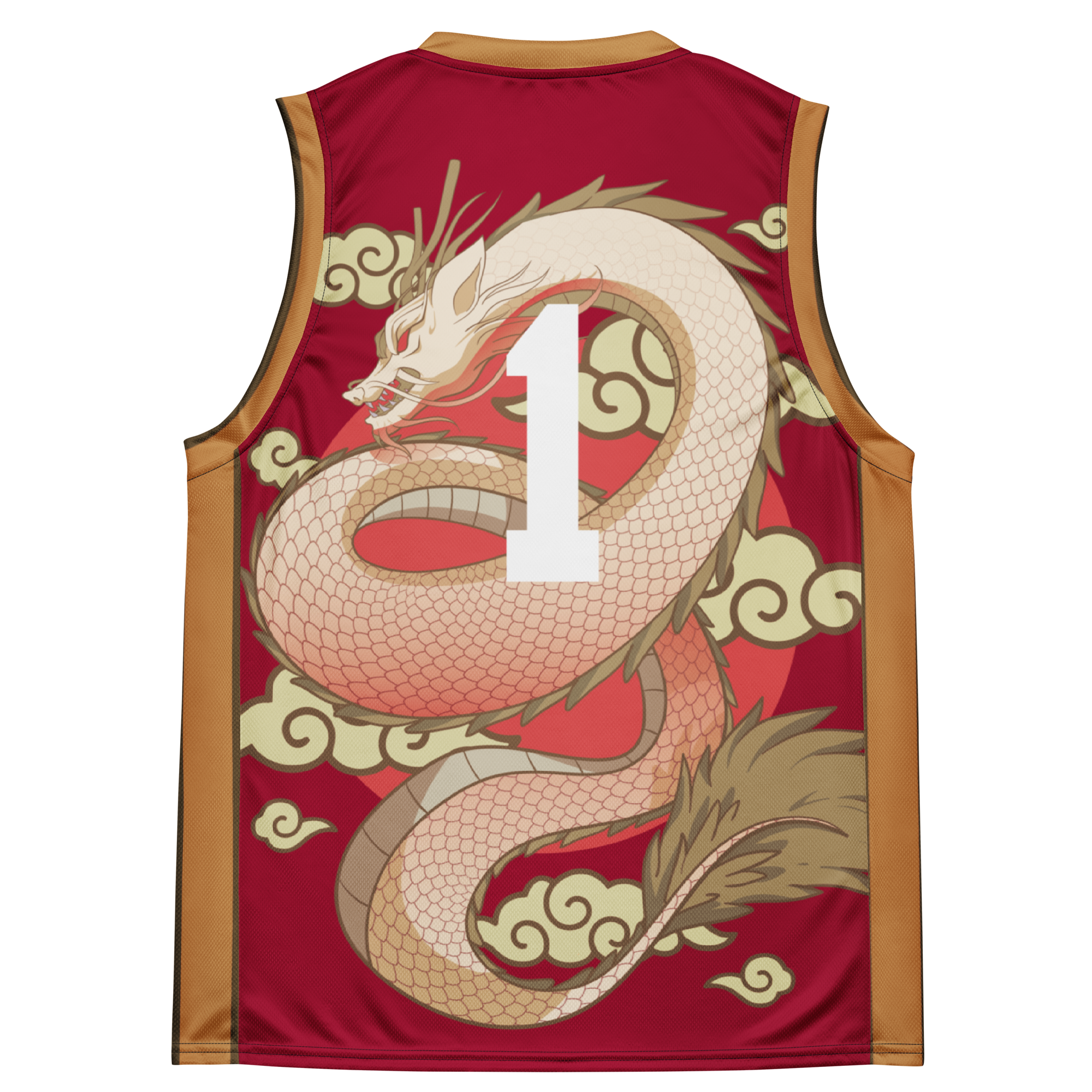







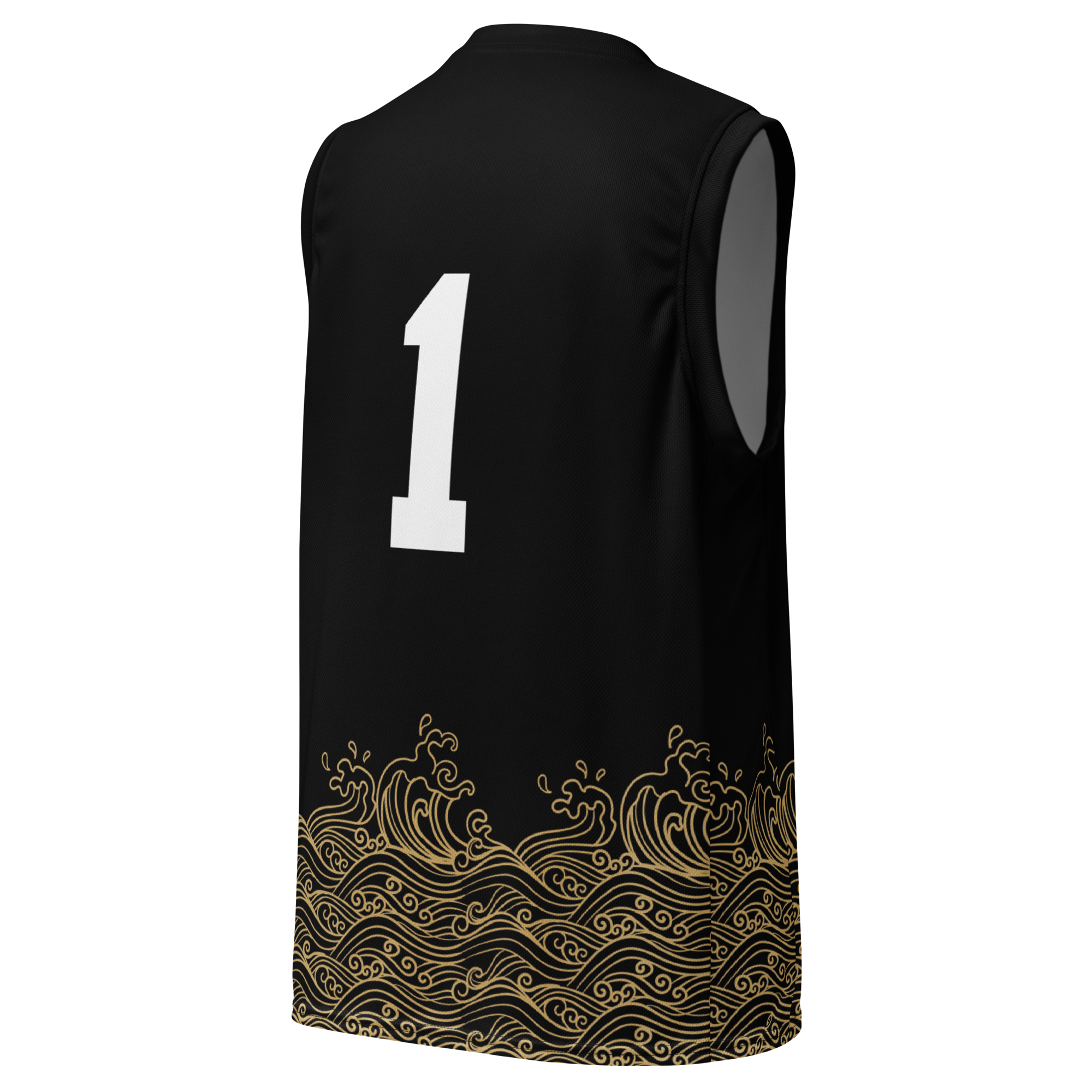
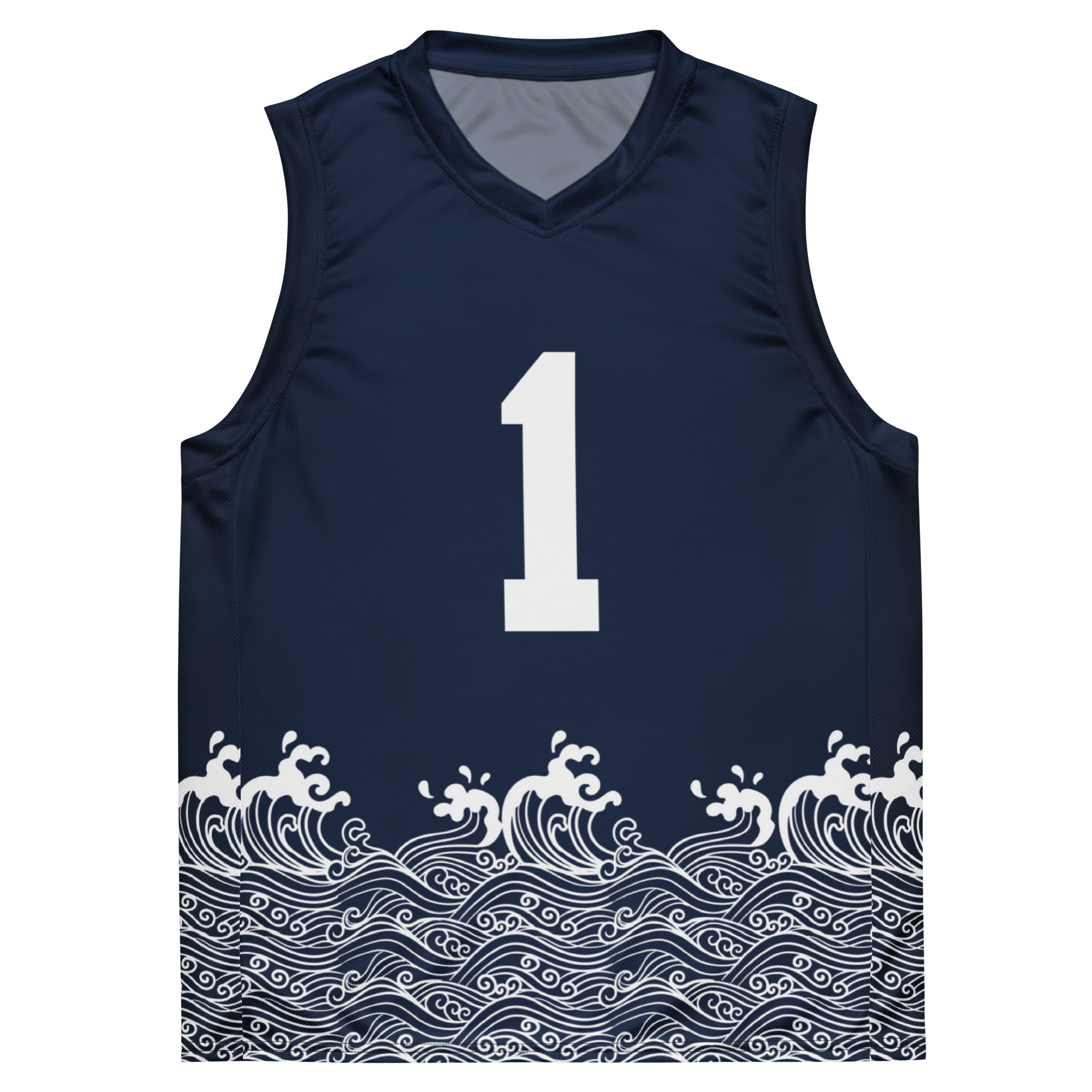
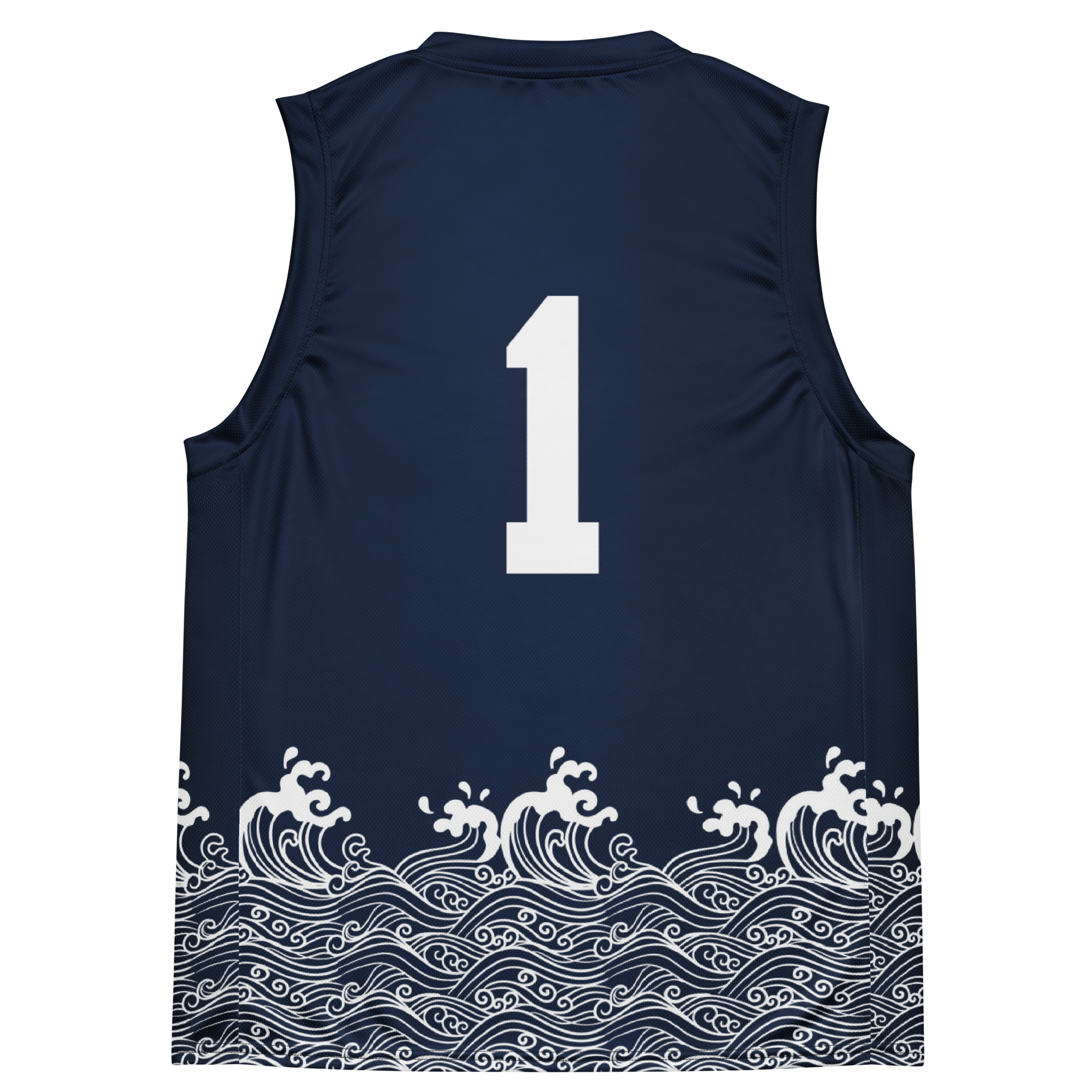


Dejar un comentario